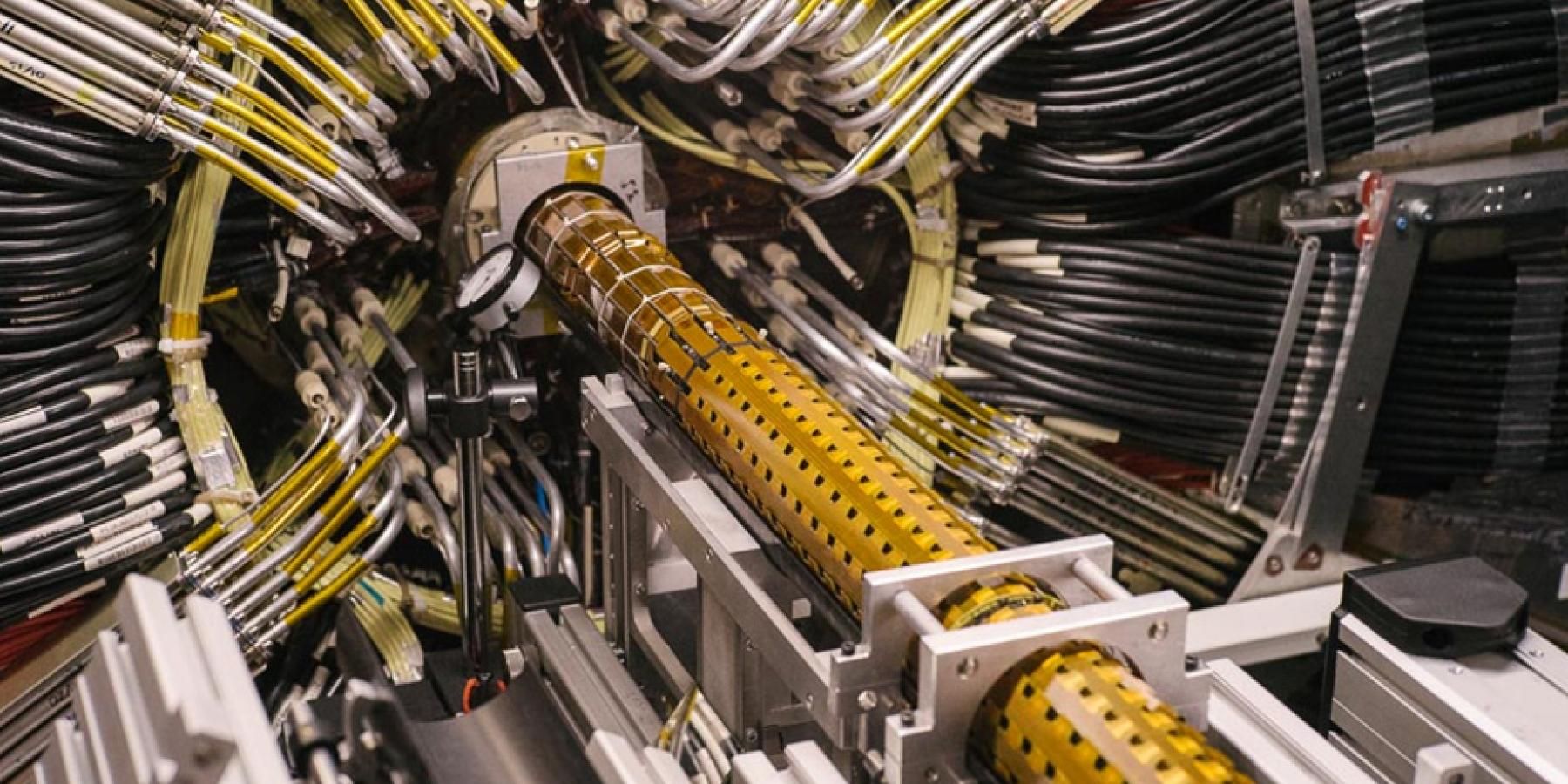The IMB-CNM participates in the creation of the new ATLAS subdetector at CERN
The new subdetector is inserted in the same heart of ATLAS, with smaller sensors and high resistance to radioactivity. Some of the sensors have been developed and manufactured in the Clean Room of the IMB-CNM-CSIC, in Barcelona.

A new subdetector was recently added to the huge apparatus of the ATLAS experiment, located at CERN (Geneva), home of the world's largest particle accelerator. Researchers from the Institute of Microelectronics of (IMB-CNM-CSIC) of the Spanish National Research Council (CSIC) have participated in the development of this subdetector.
ATLAS (A Toroidal LHC ApparatuS, Toroidal Apparatus) is one of the five particle detectors of the Large Hadron Collider, LHC. The ATLAS is a multipurpose detector, designed to investigate in multiple fields of physics, from the detection of the Higgs boson to the particles that could be part of dark matter.
The new part that has been inserted into ATLAS is the IBL (Insertable b-layer) subdetector. It is an additional layer of silicon devices that has been attached to the pre-existing Pixel detector, installed in the center of ATLAS, in the area closest to the point of collision between the particles.
The Pixel detector is made up of four cylindrical barrels, inserted one into the other, and is made of small silicon diodes that are capable of detecting the particles that pass through them, so they can be used as excellent tracers. Such devices are mounted on a grid and connected to integrated circuits that read the signal generated in the detector.
Smaller and more radiation resistant sensors have been manufactured for the IBL subdetector than the previous ones, which is why they have been installed in the heart of the Pixel detector, a highly radioactive area. This additional layer is expected to improve the tracing performance of the ATLAS experiment, as well as its ability to label specific families of collision products.
The IMB-CNM has manufactured part of the IBL's 3D silicon sensors, by applying state-of-the-art semiconductor technologies developed in its advanced Clean Room. IMB-CNM physicists and engineers also participated in the testing and commissioning phases of the new experimental equipment. The work has been developed within the framework of the national project FPA2010-22060-C02 and in collaboration with the Institut de Fisica d'Altes Energies (IFAE-Barcelona).





